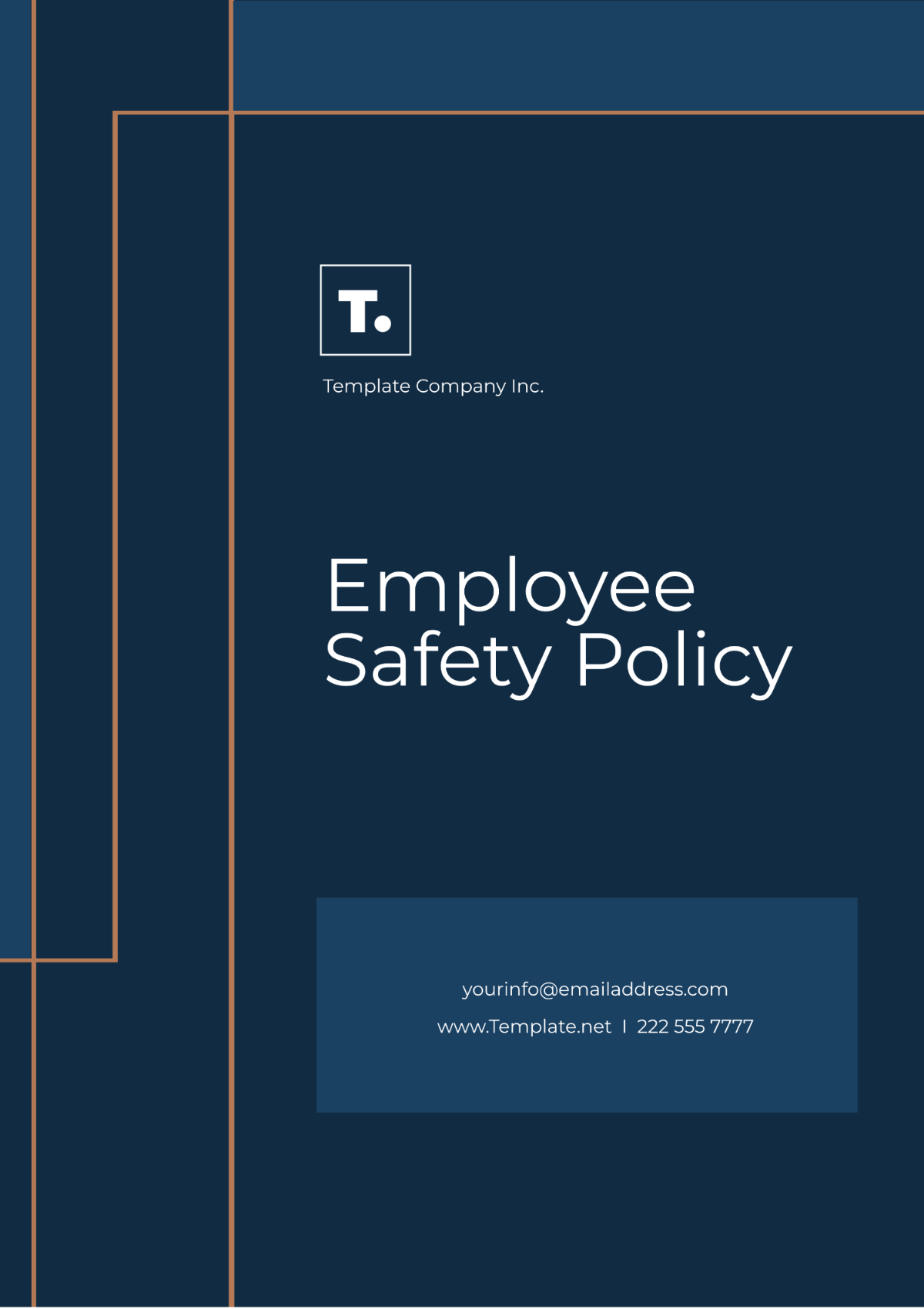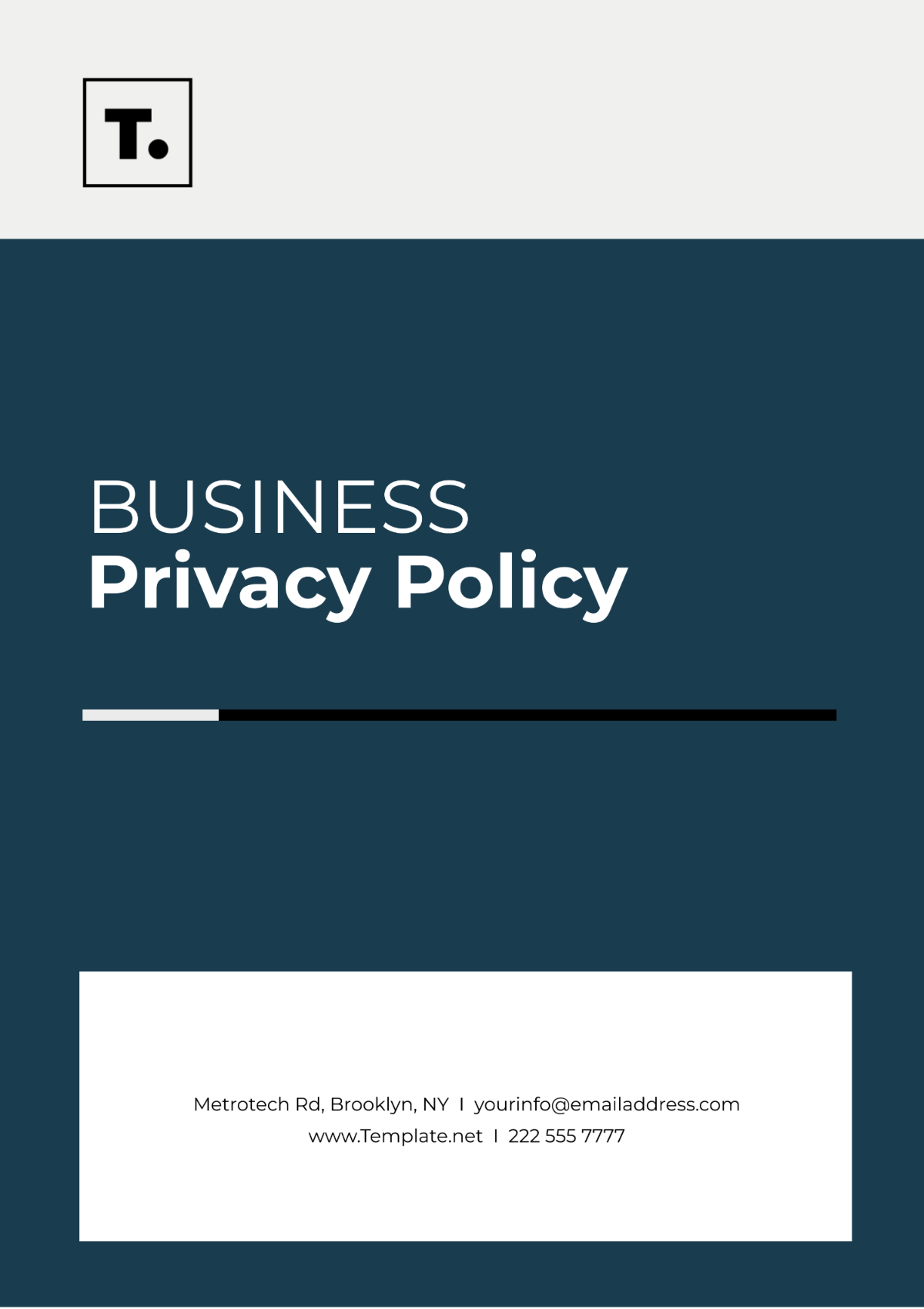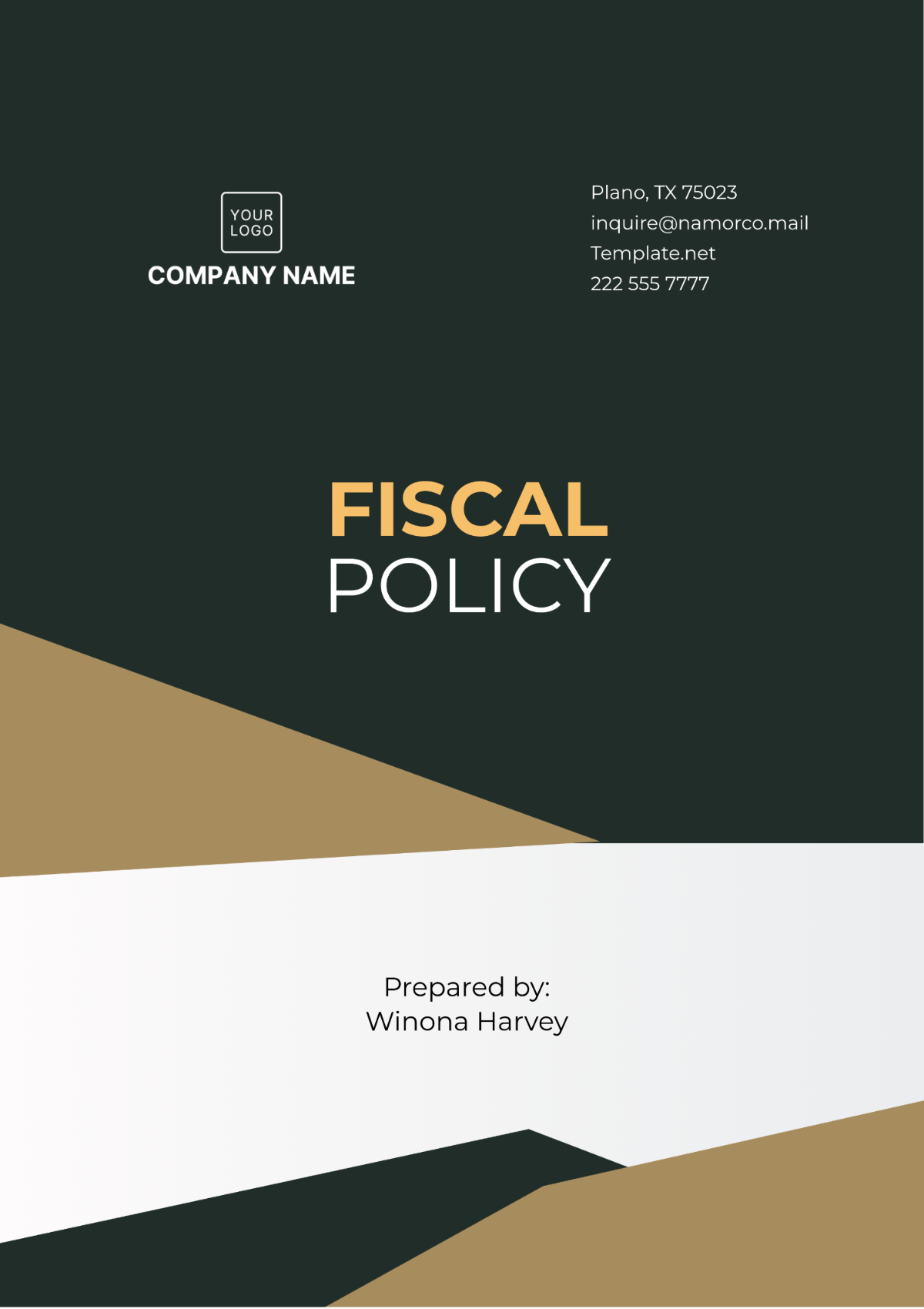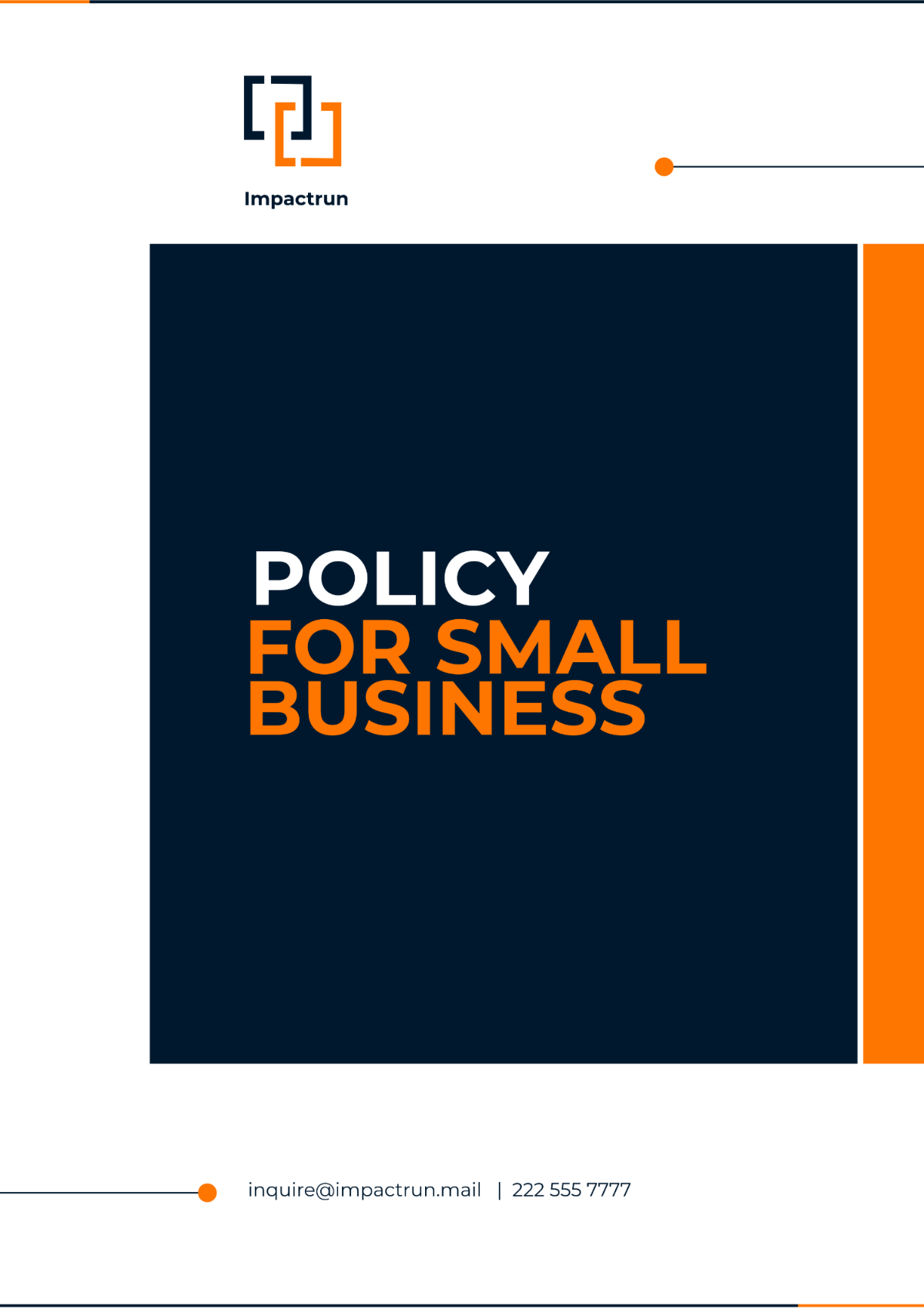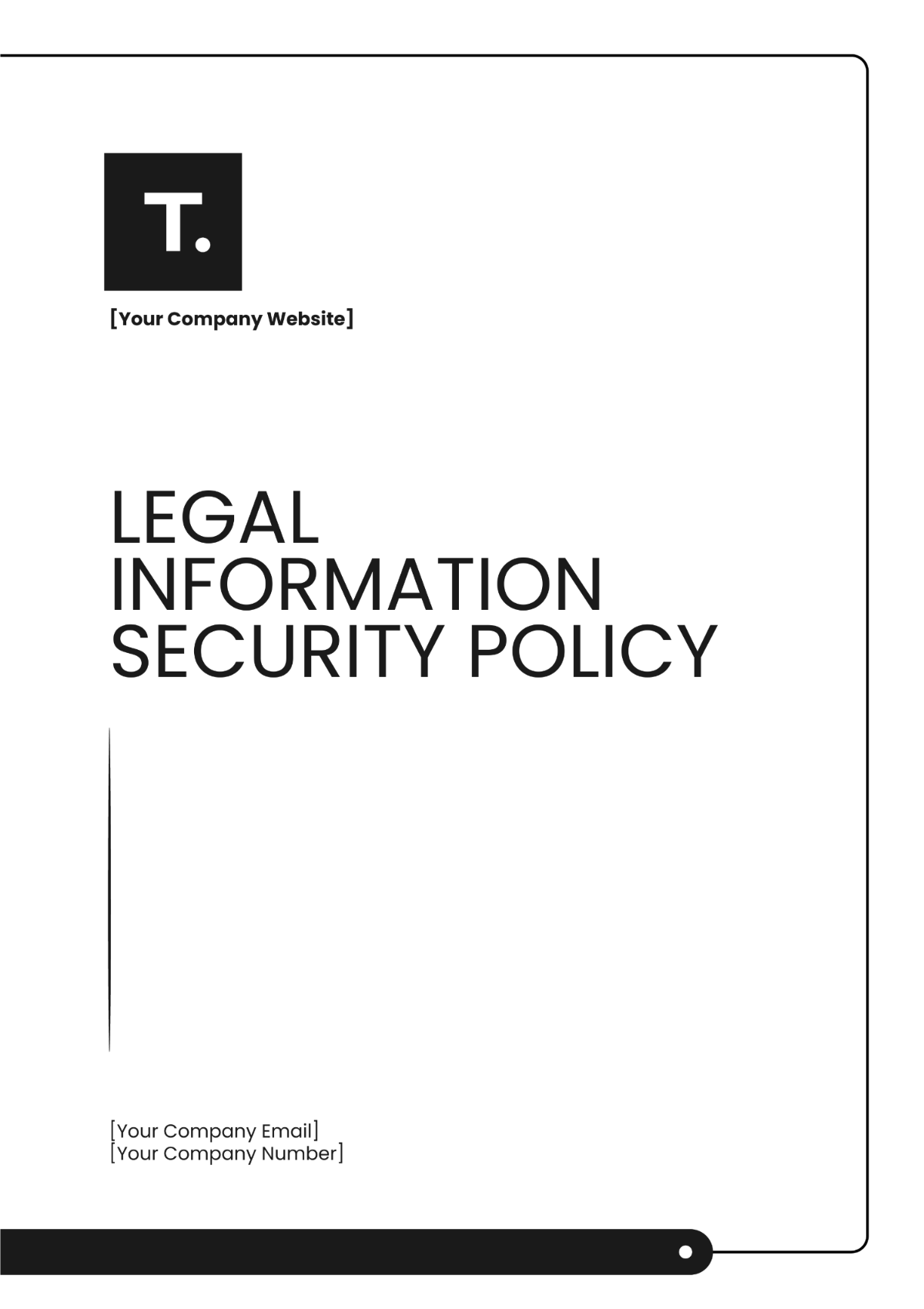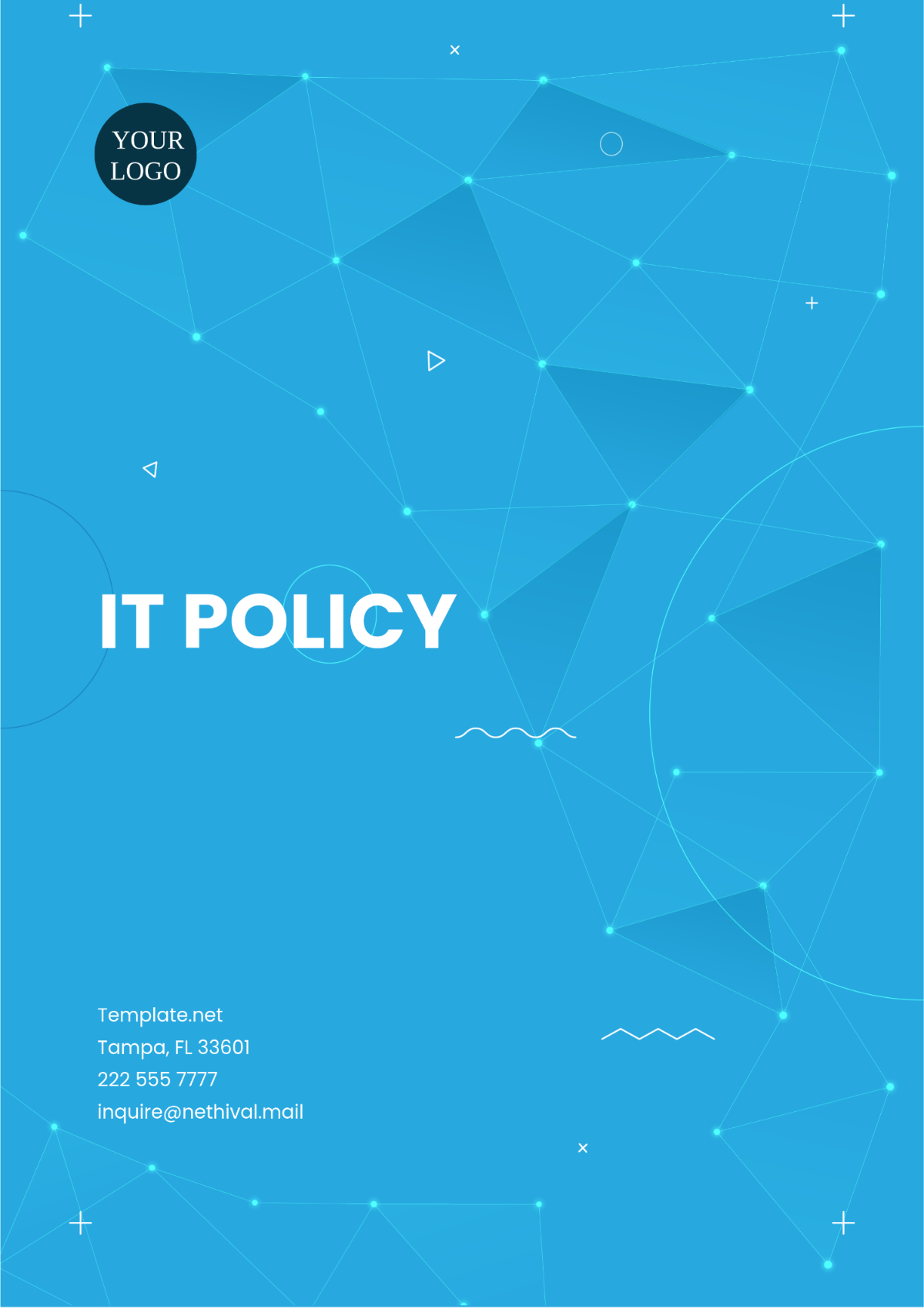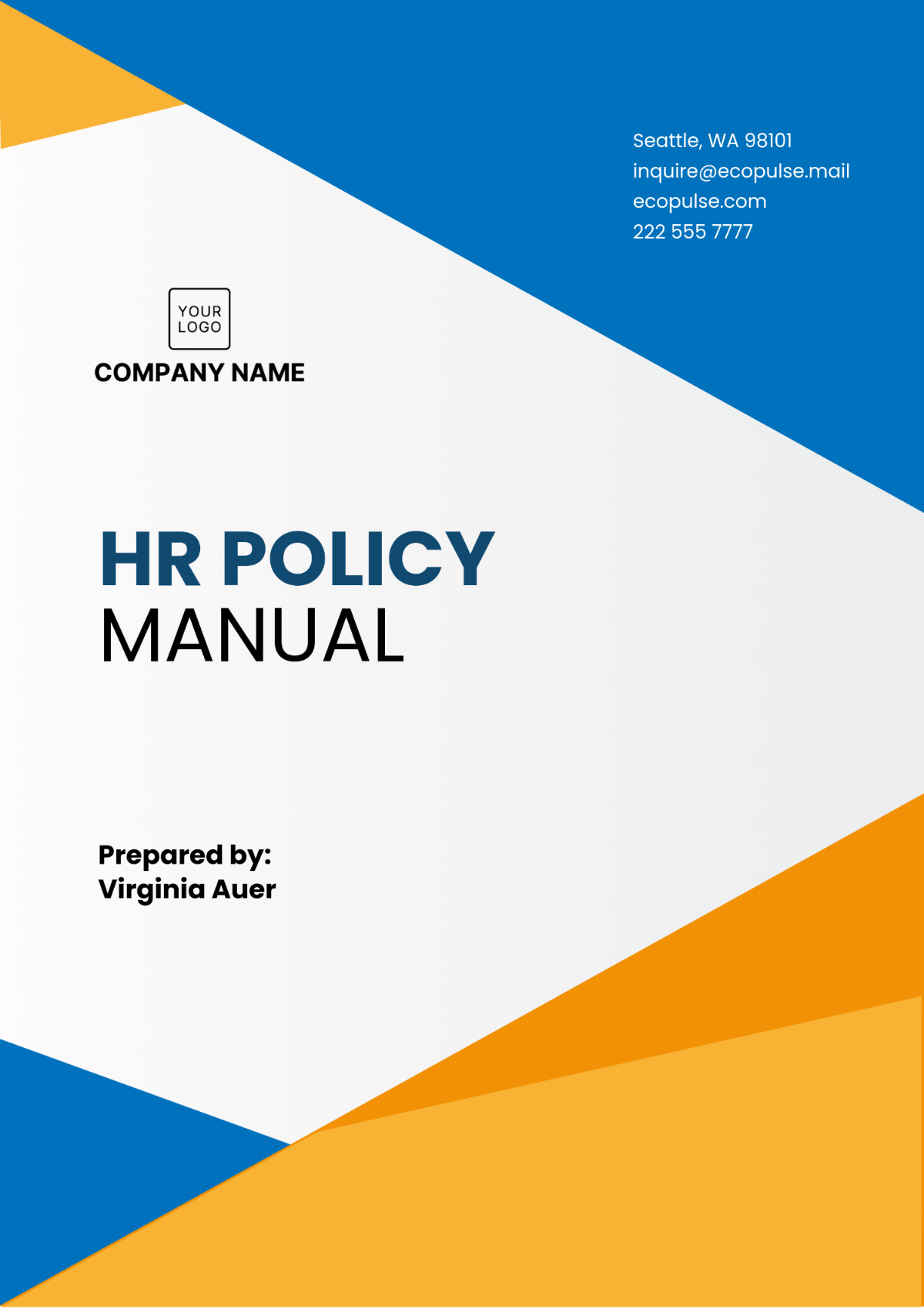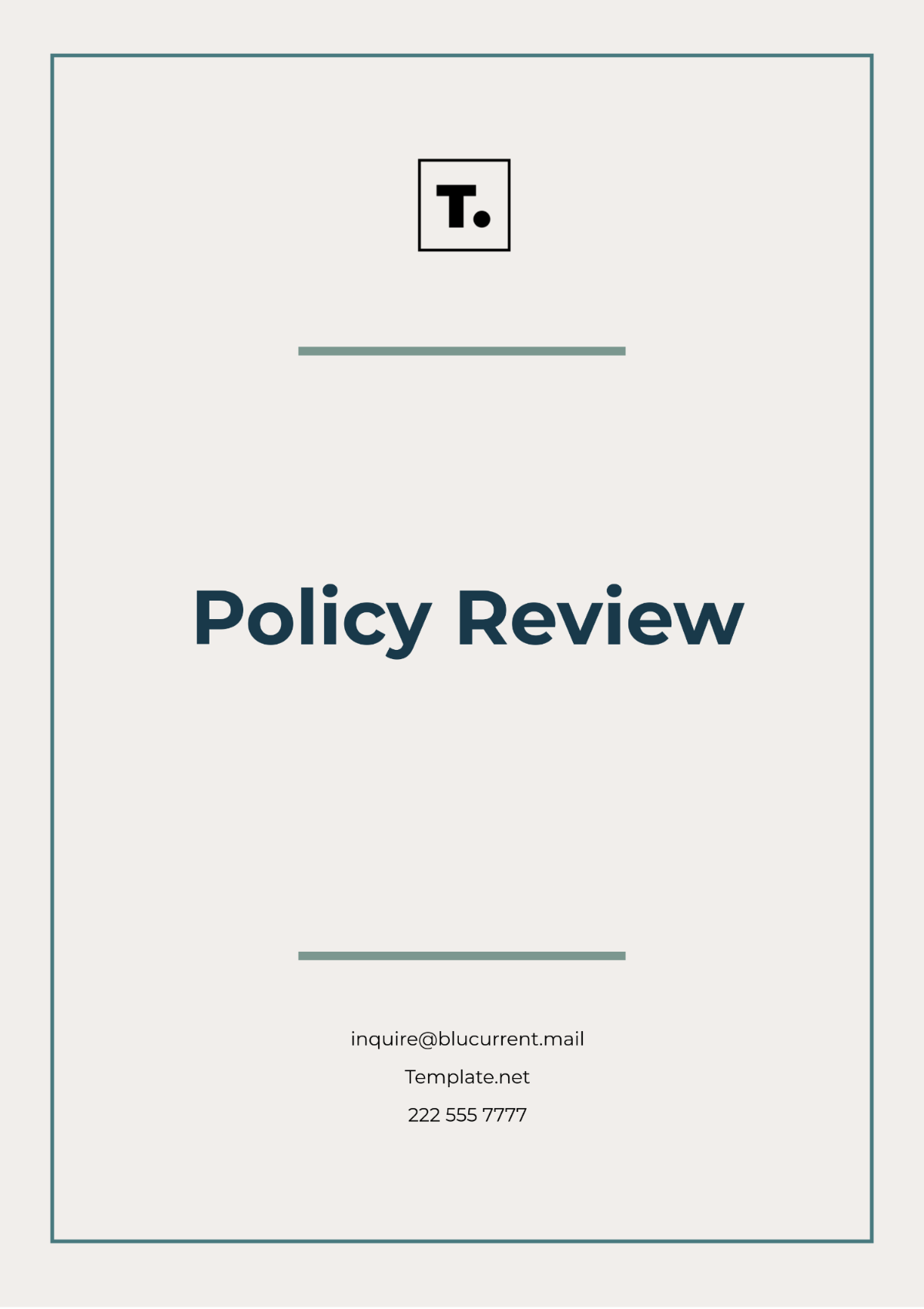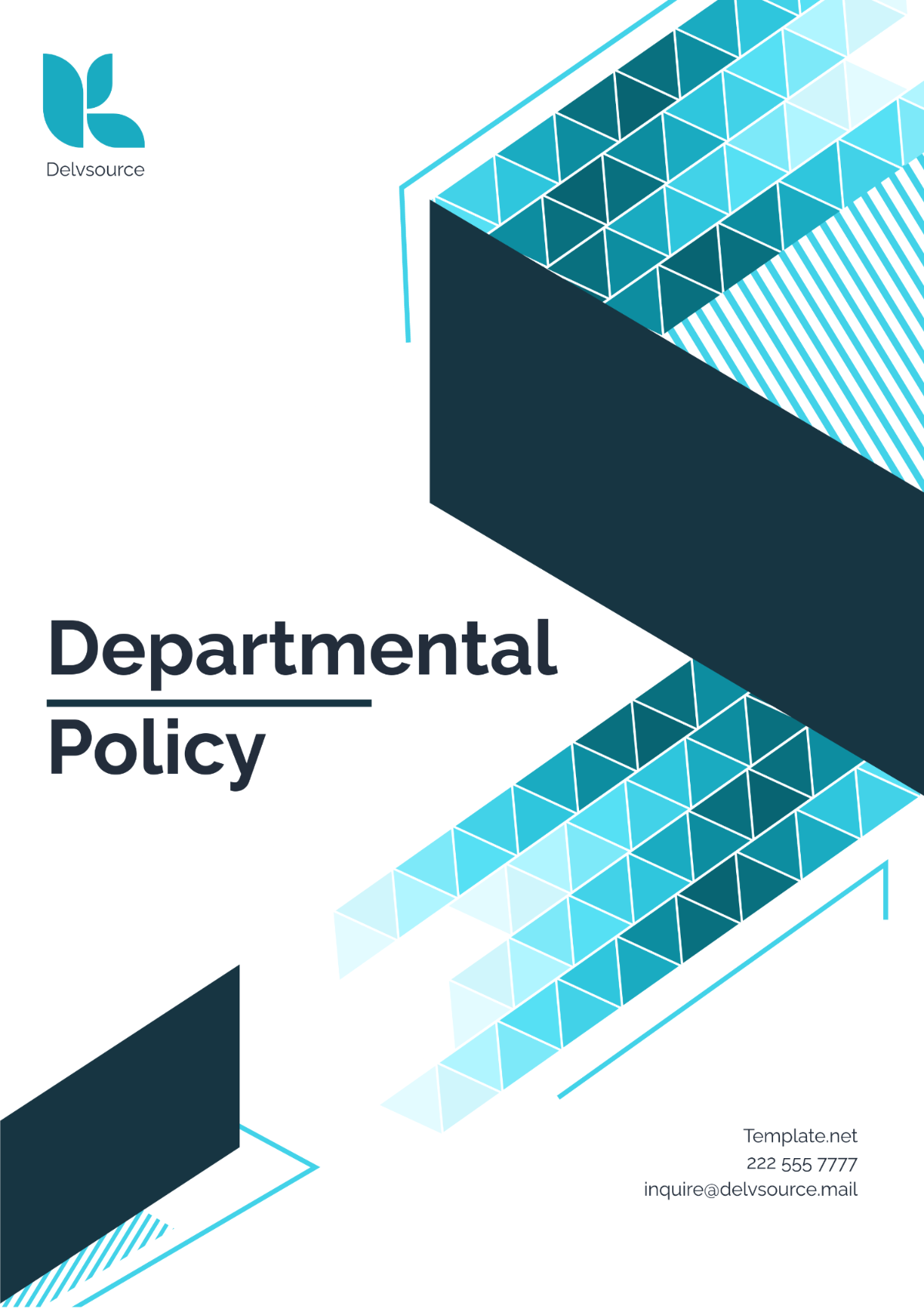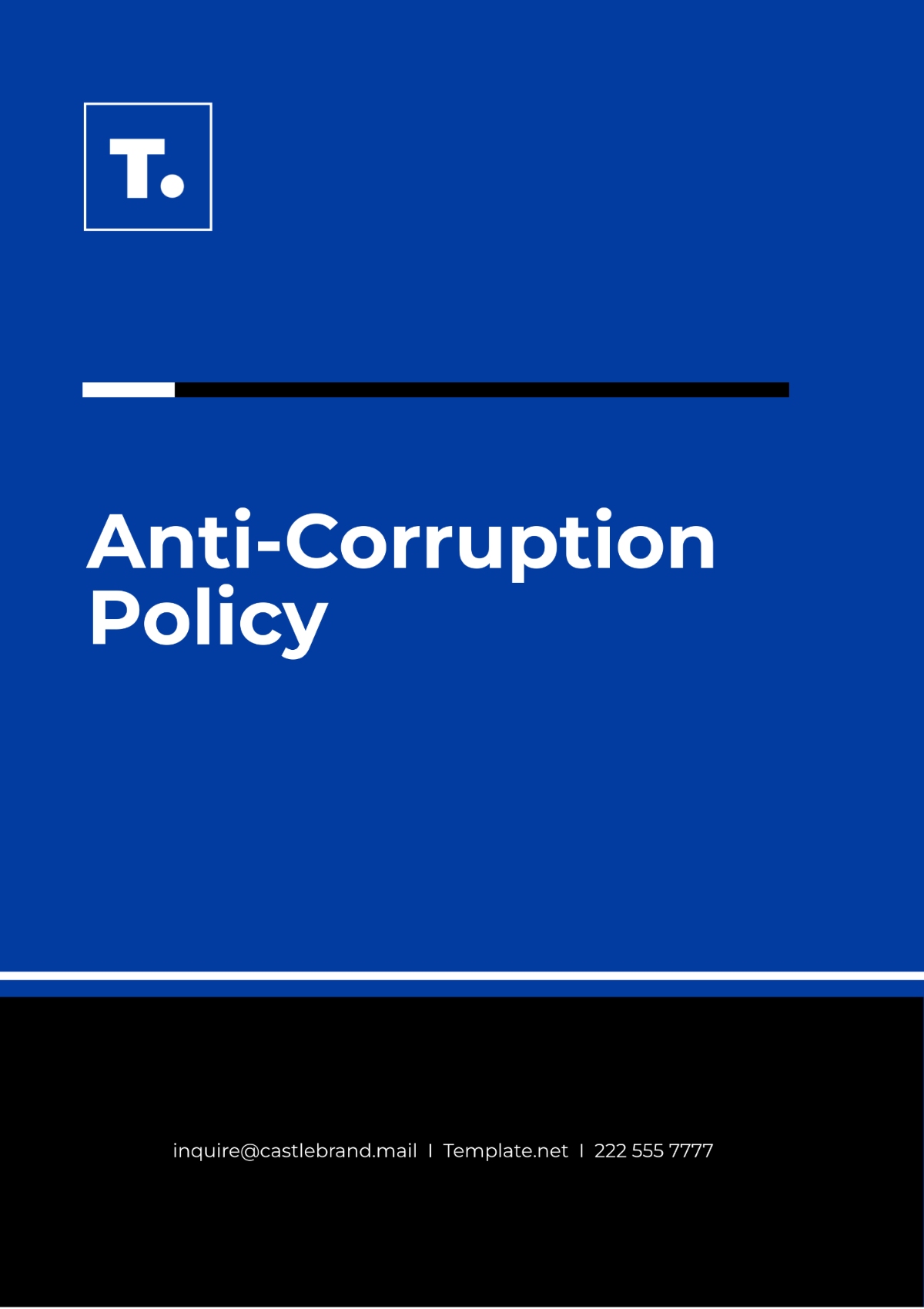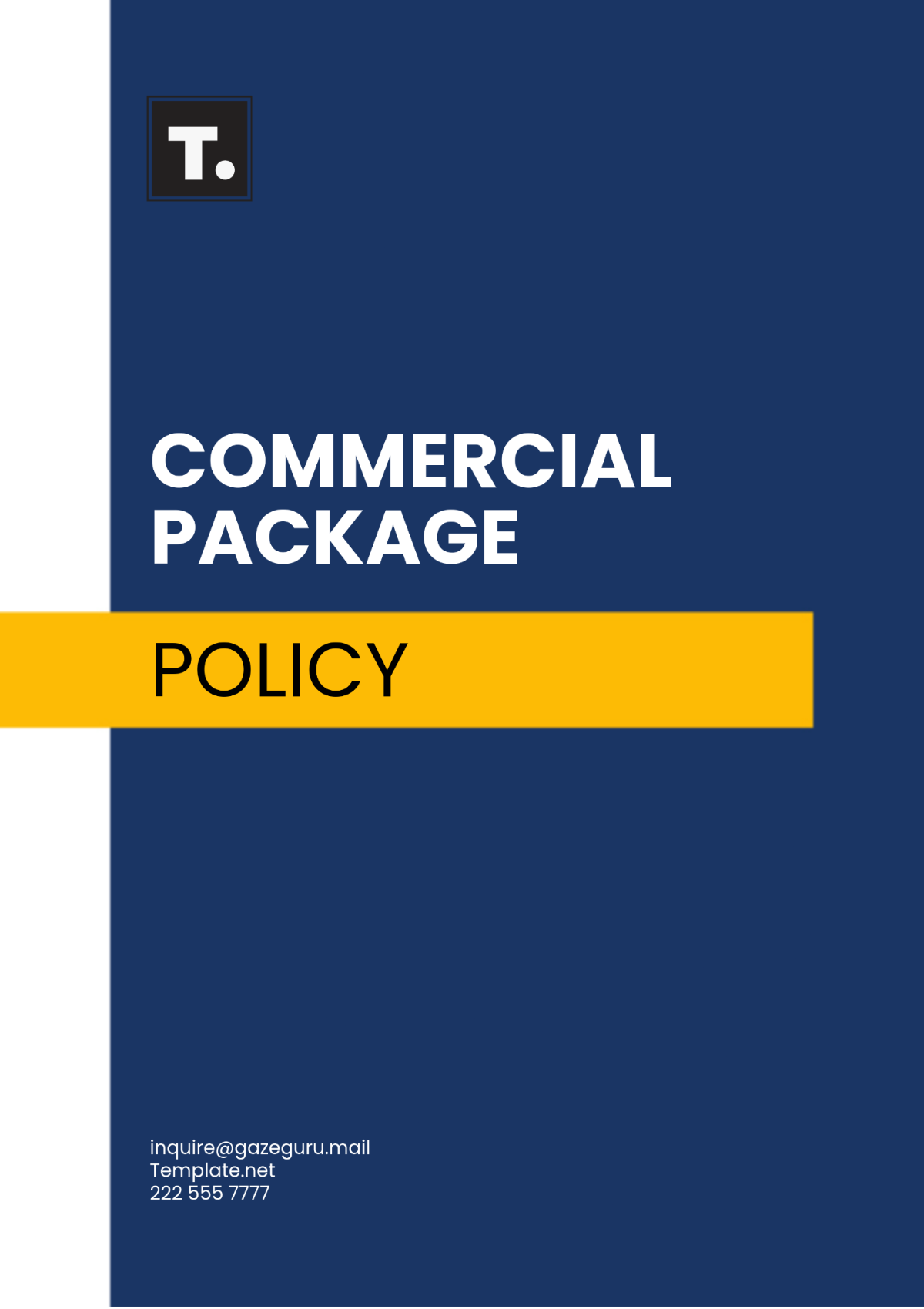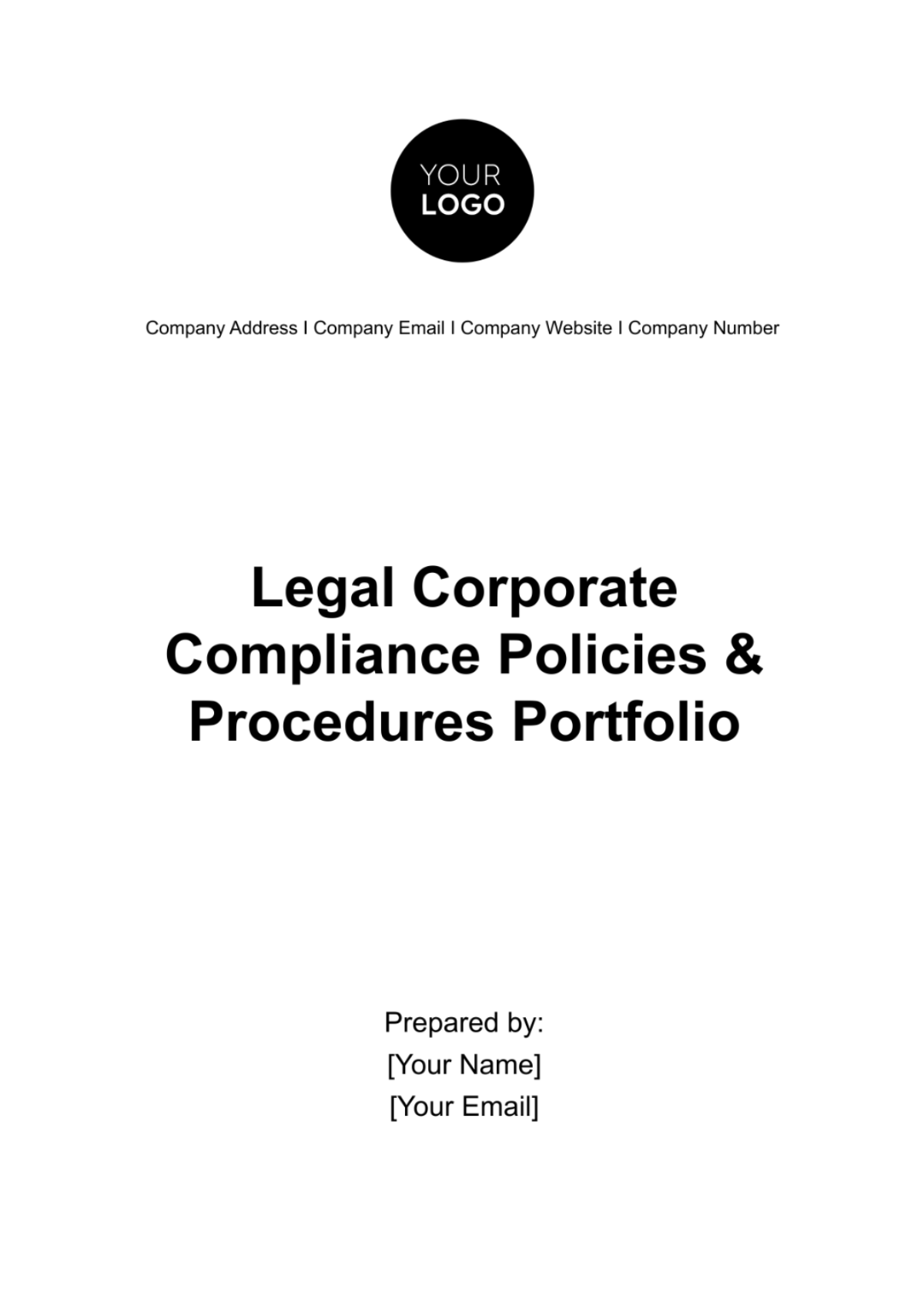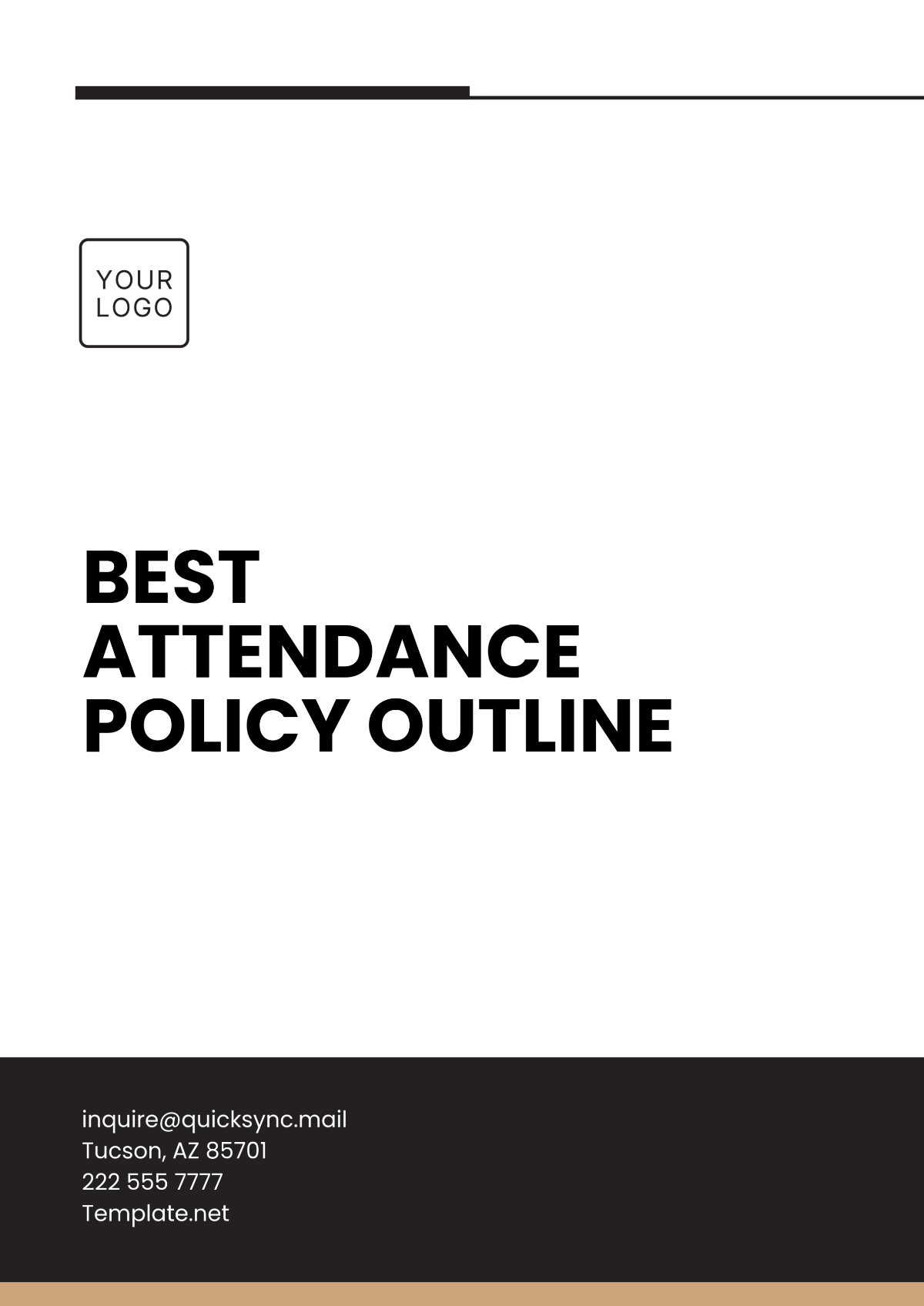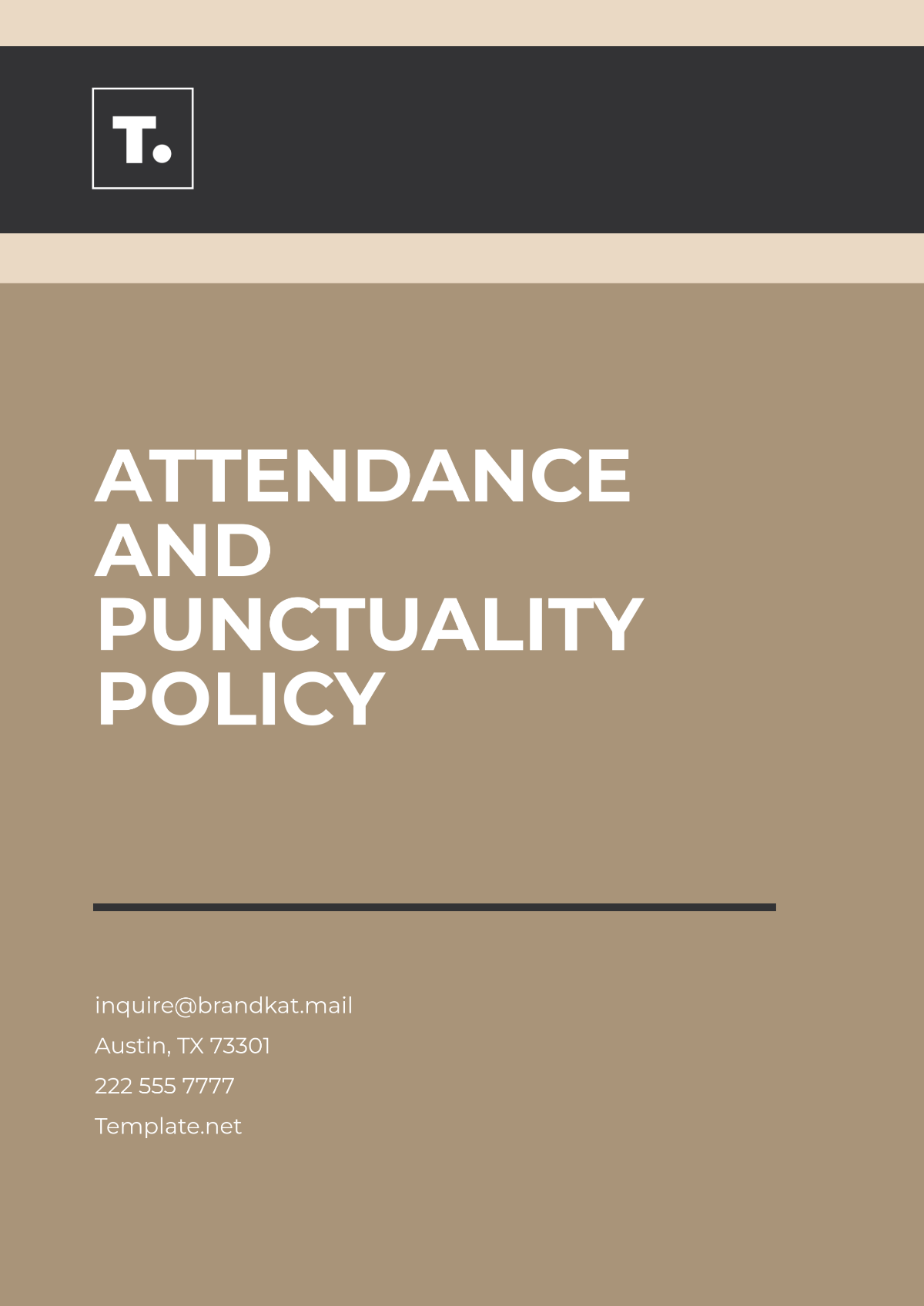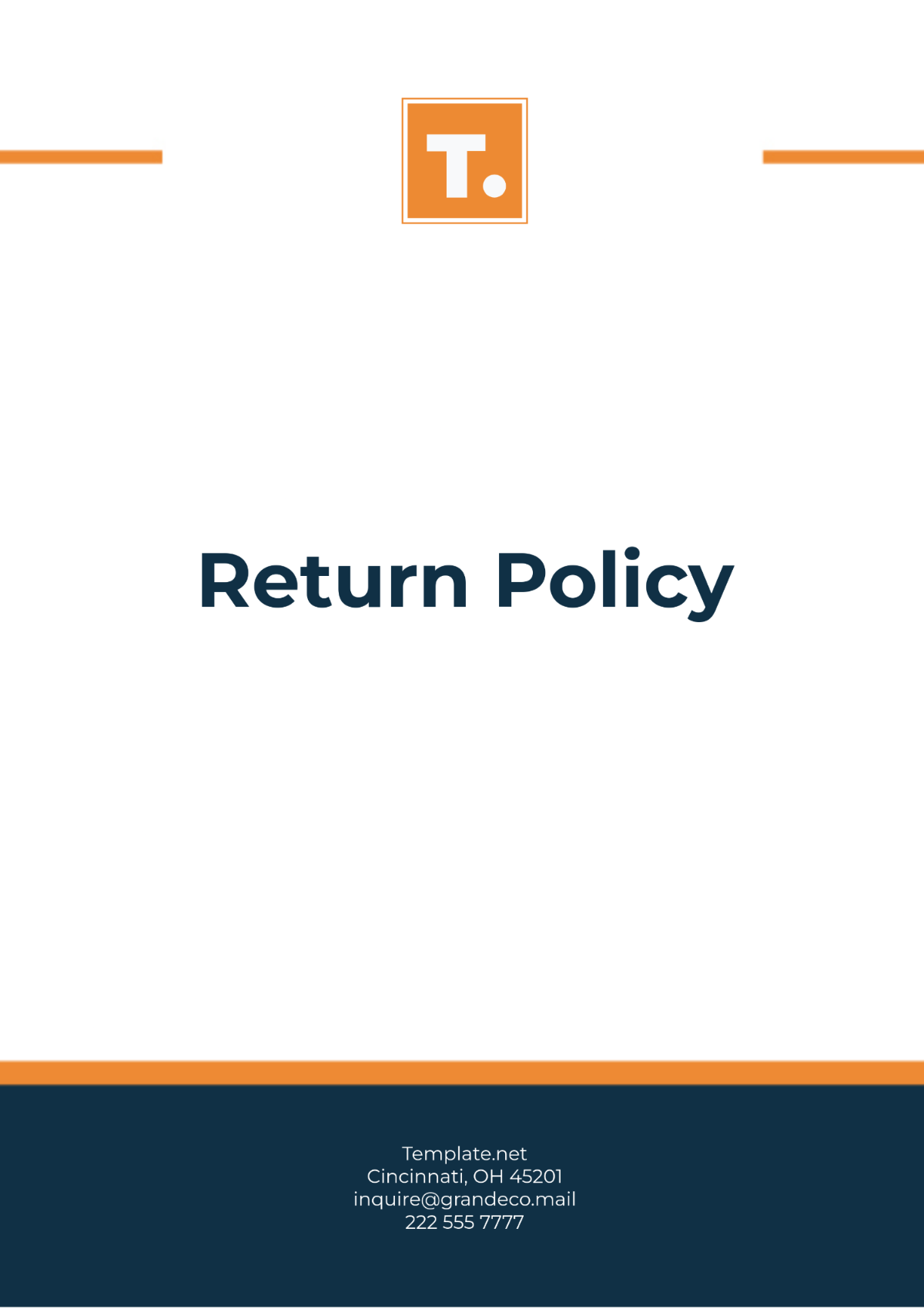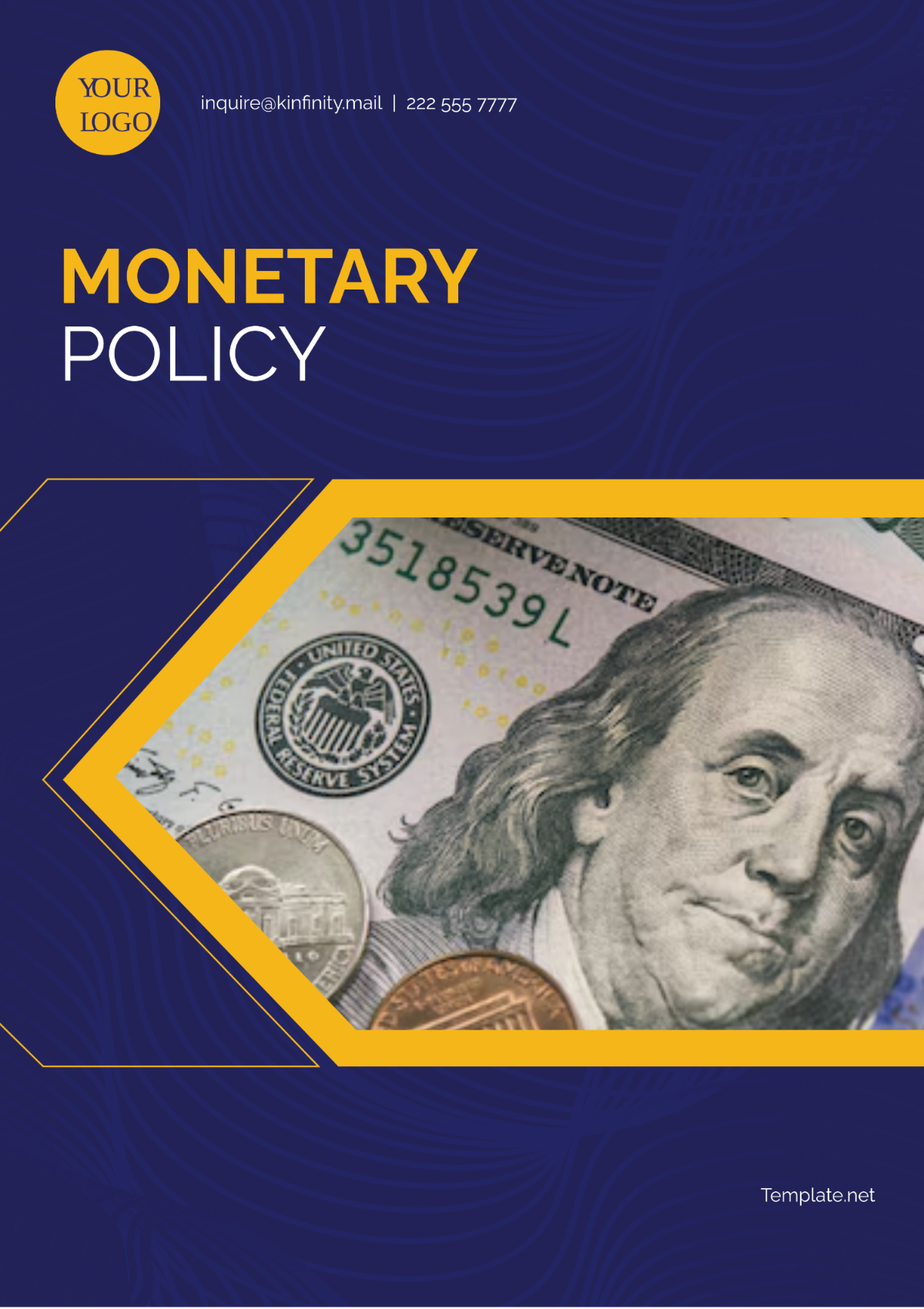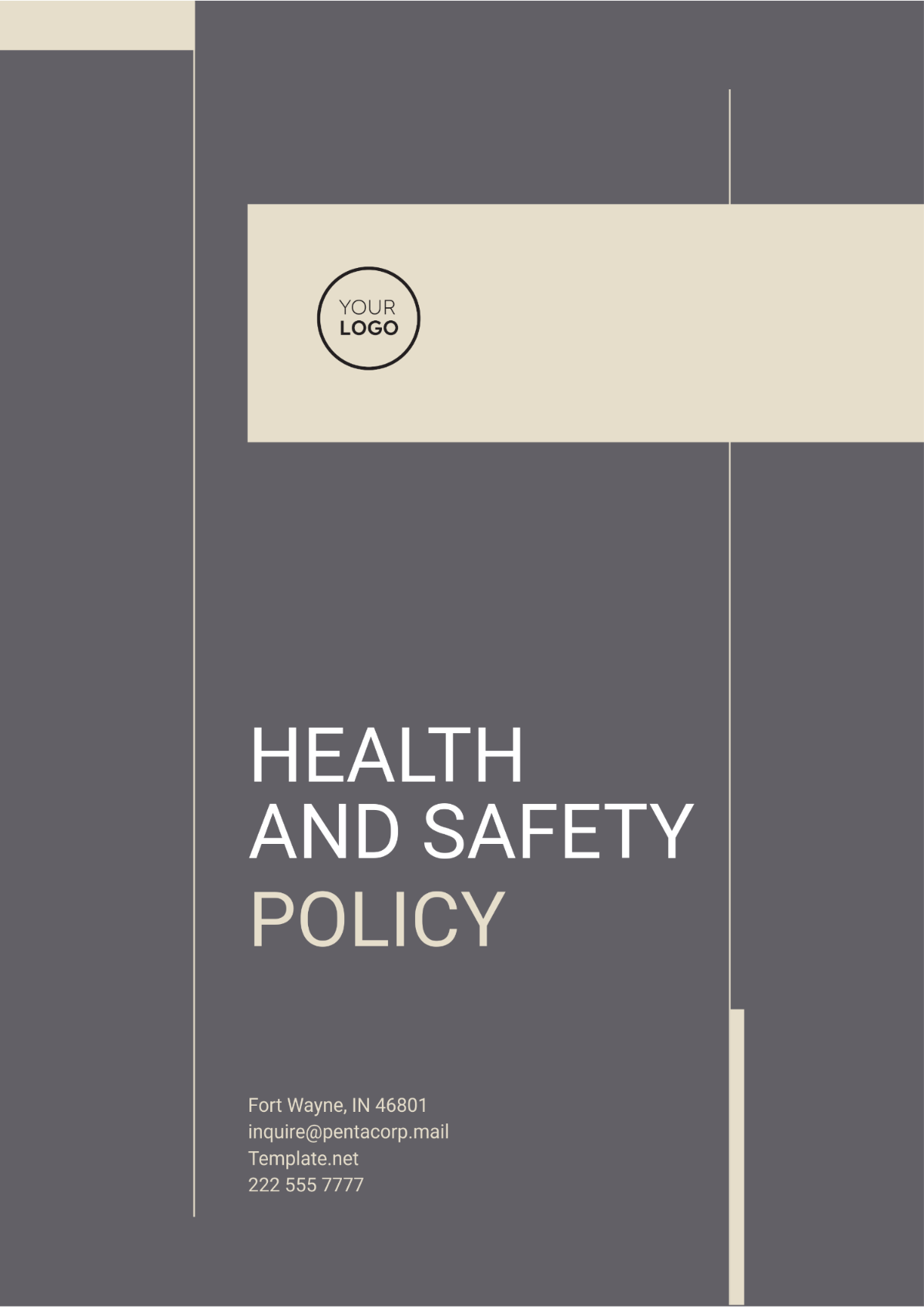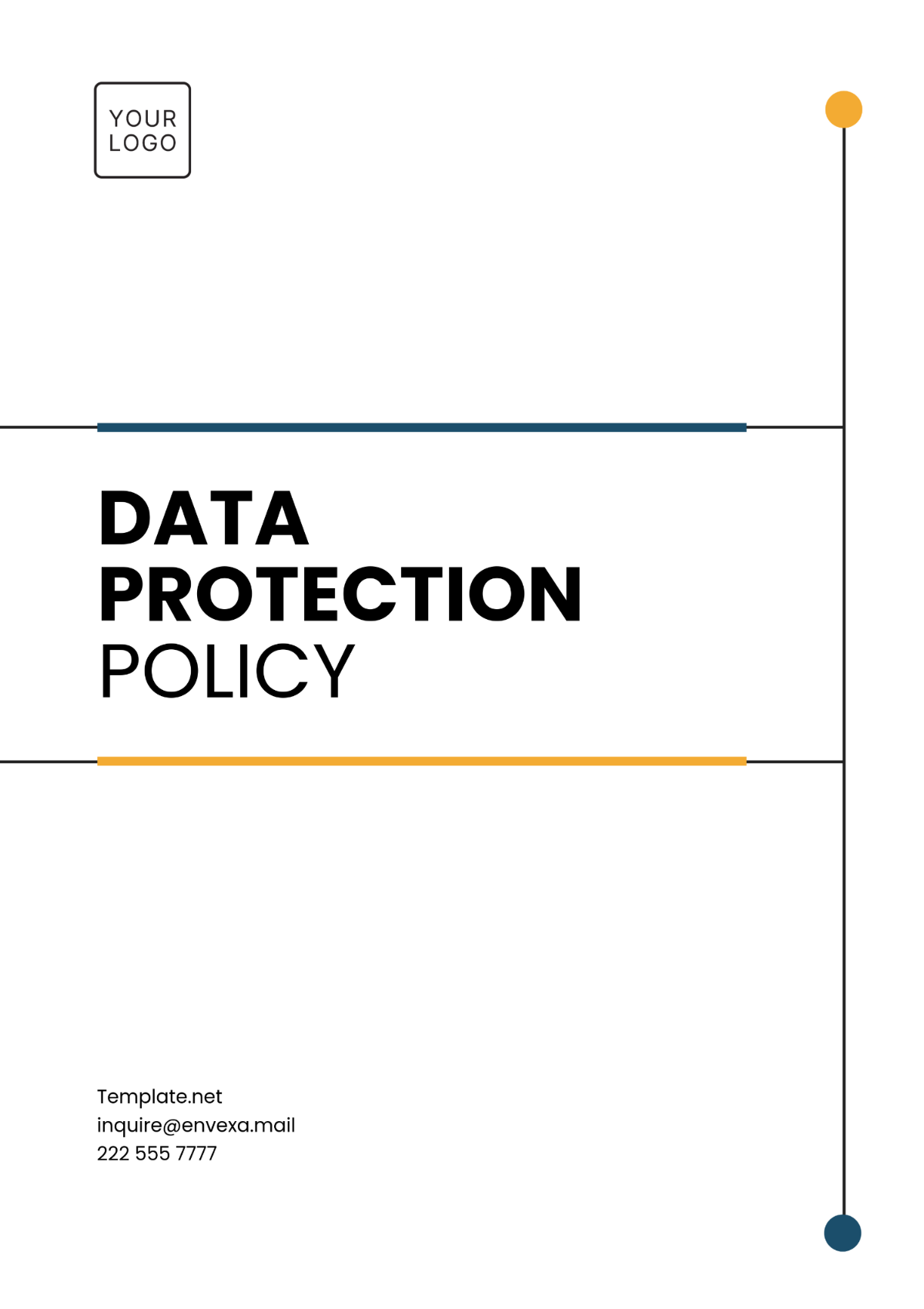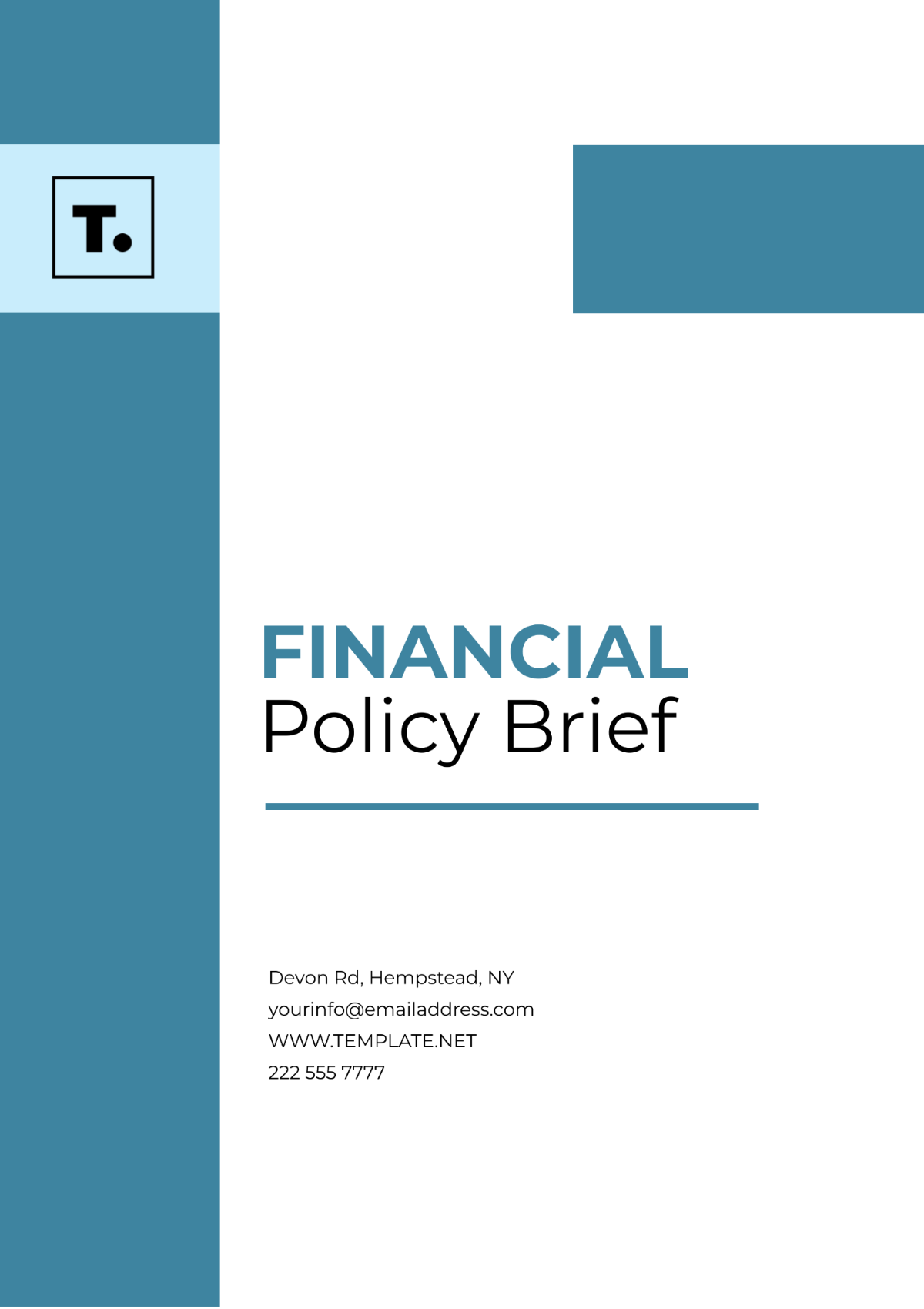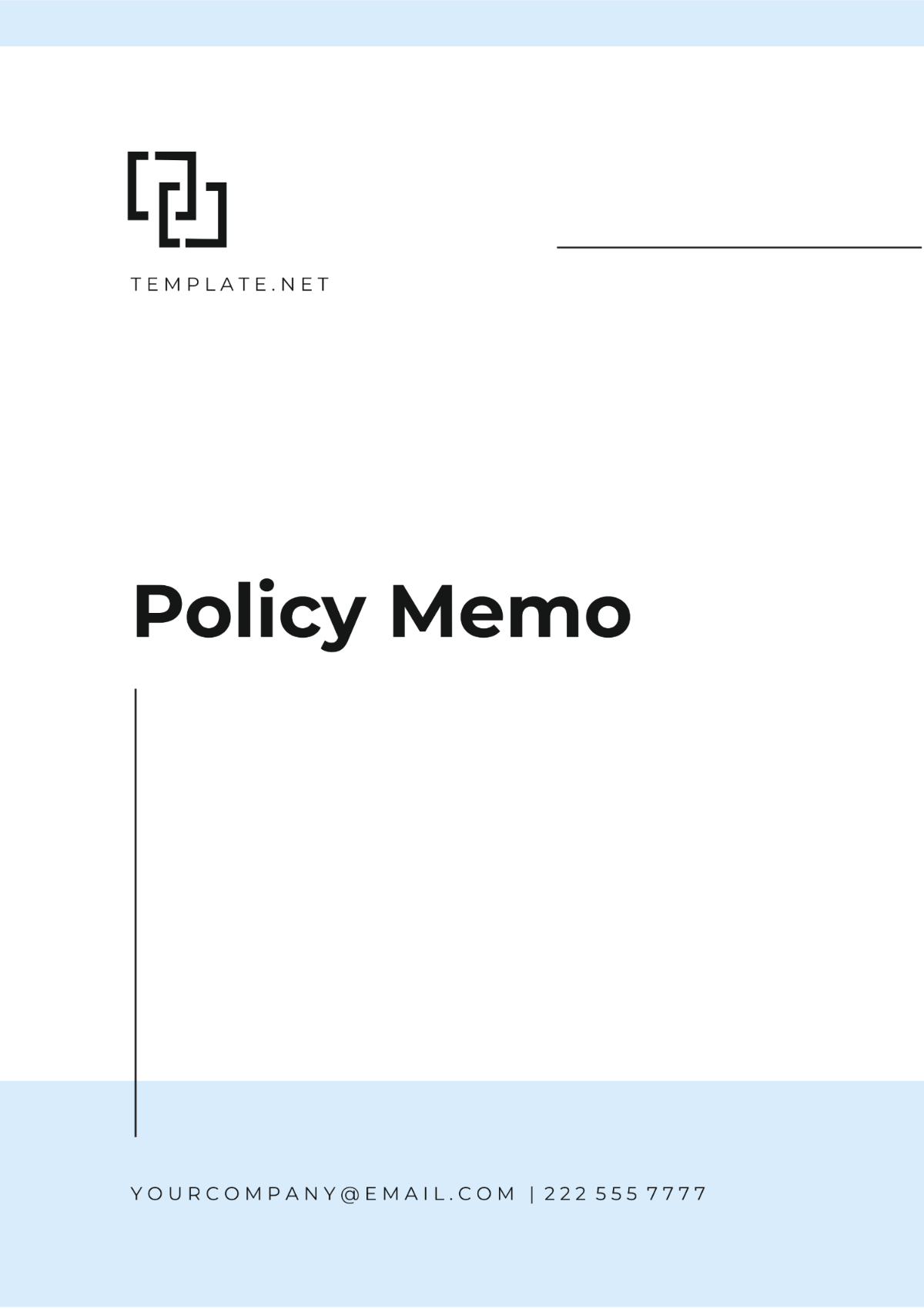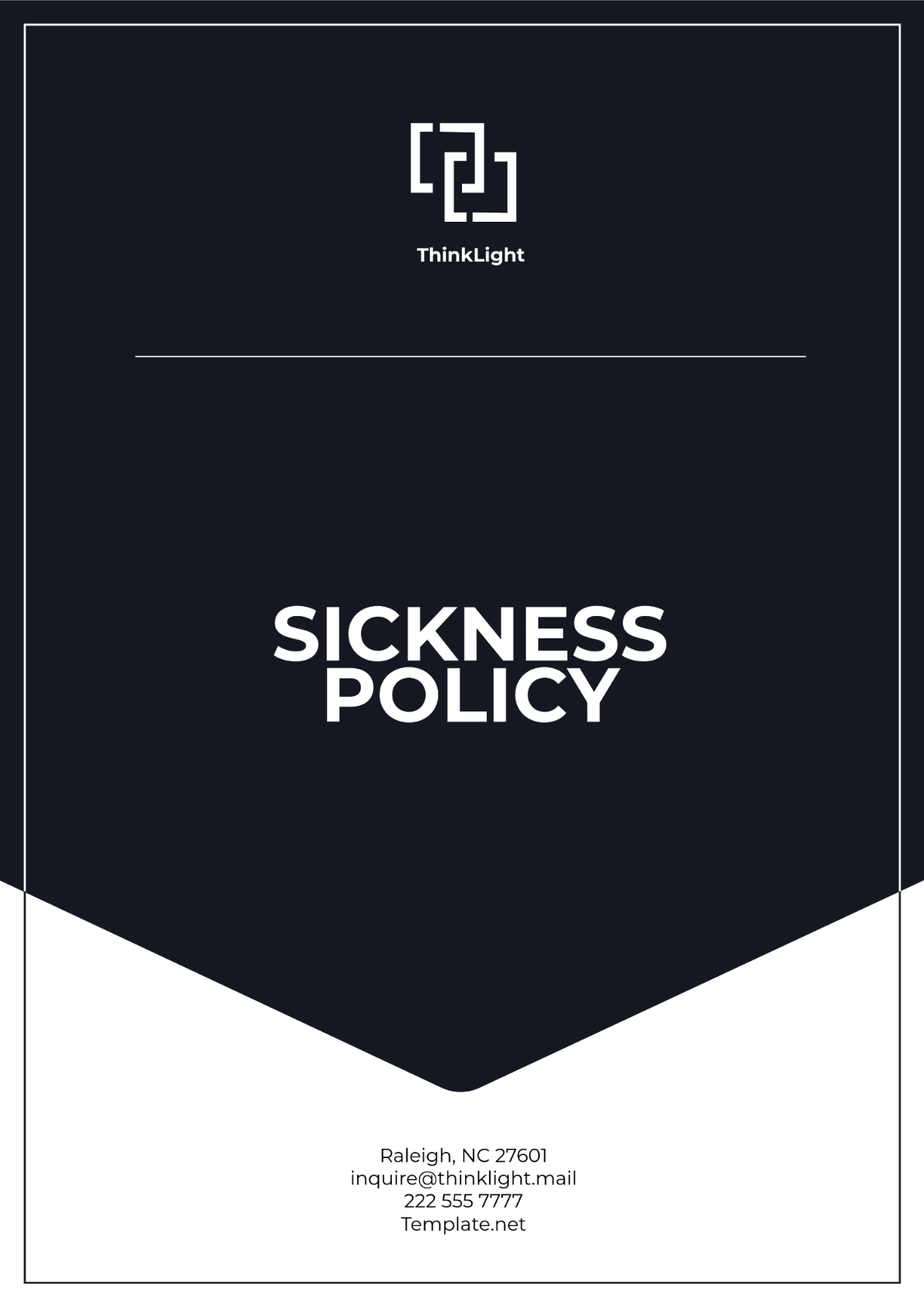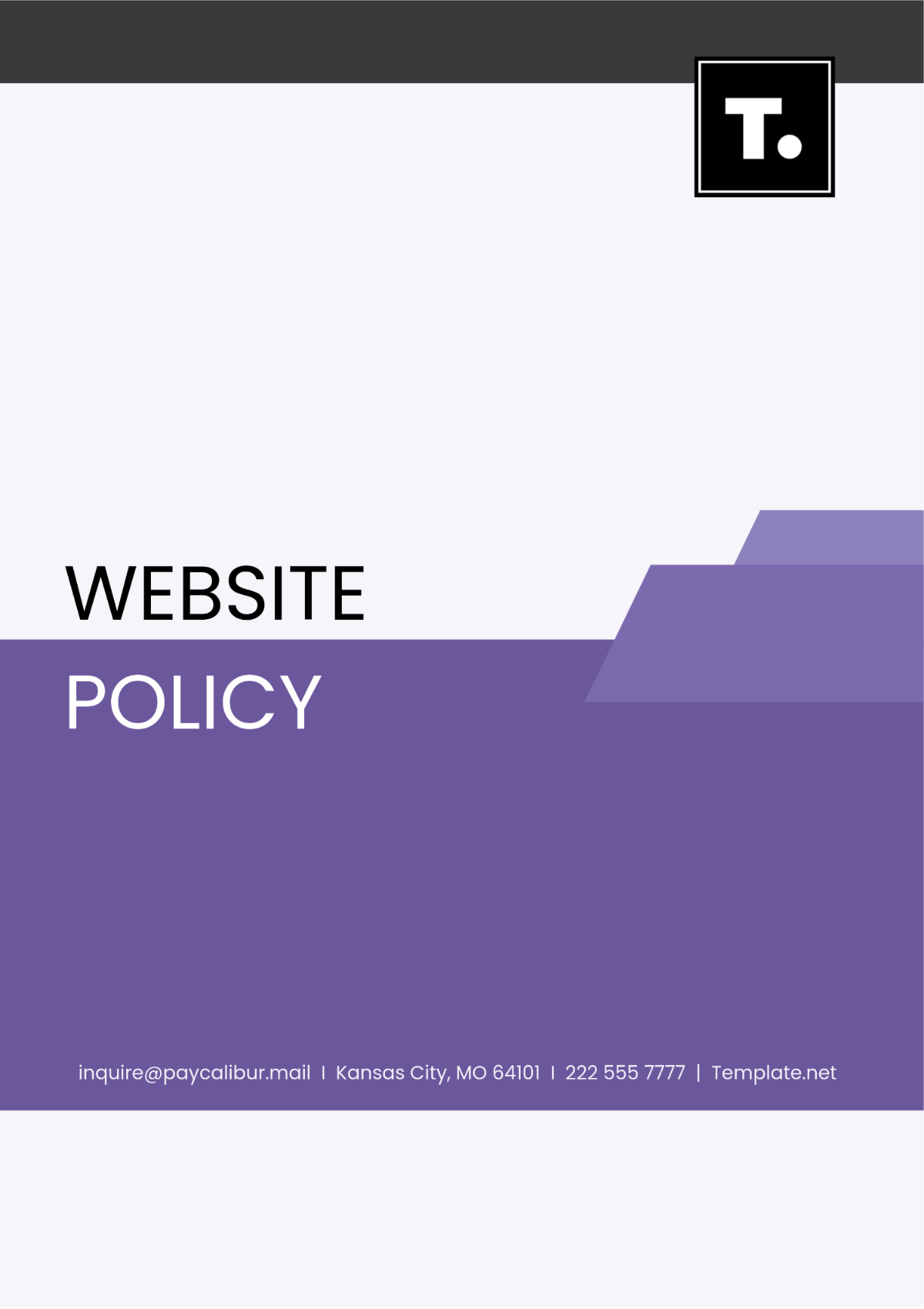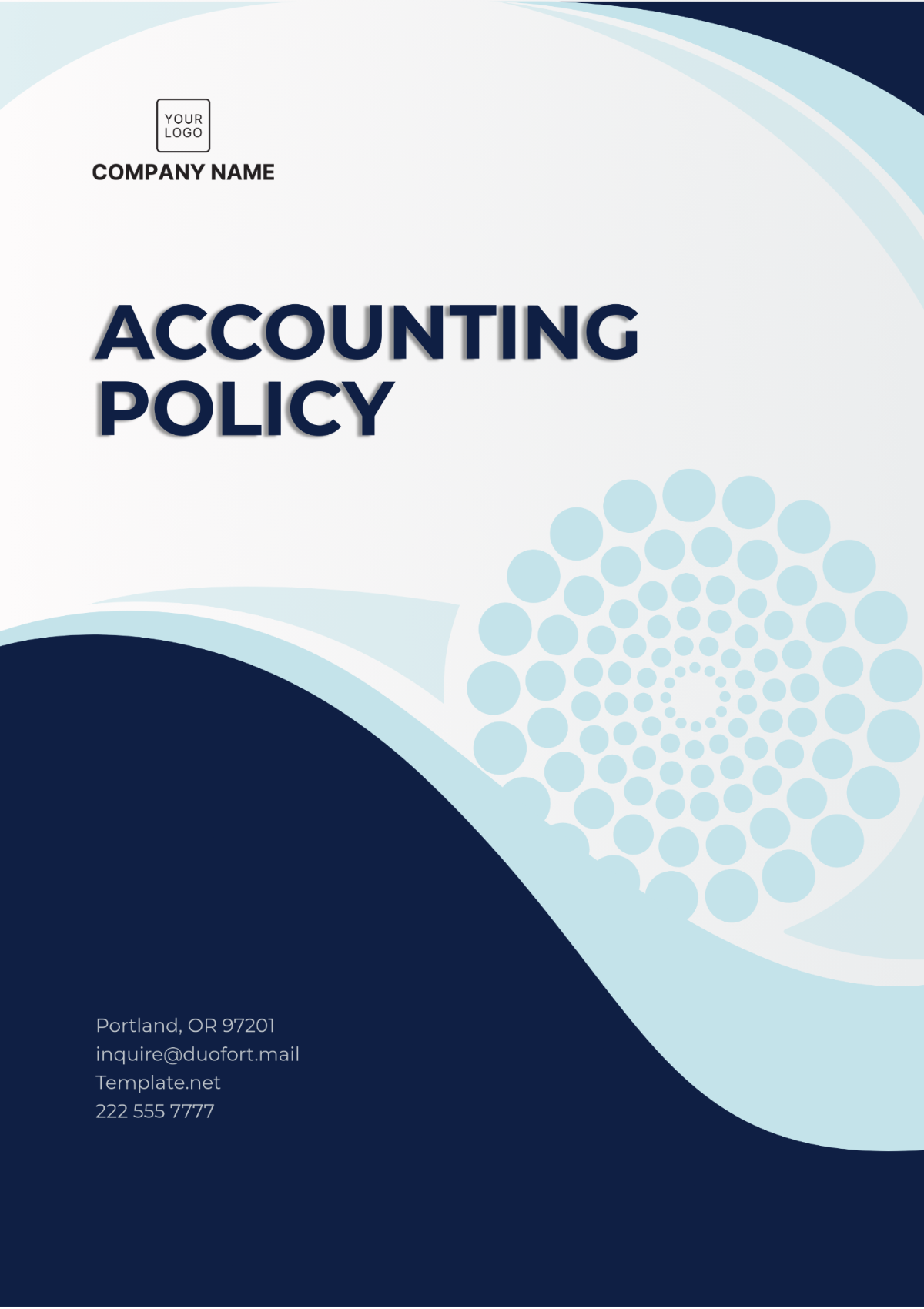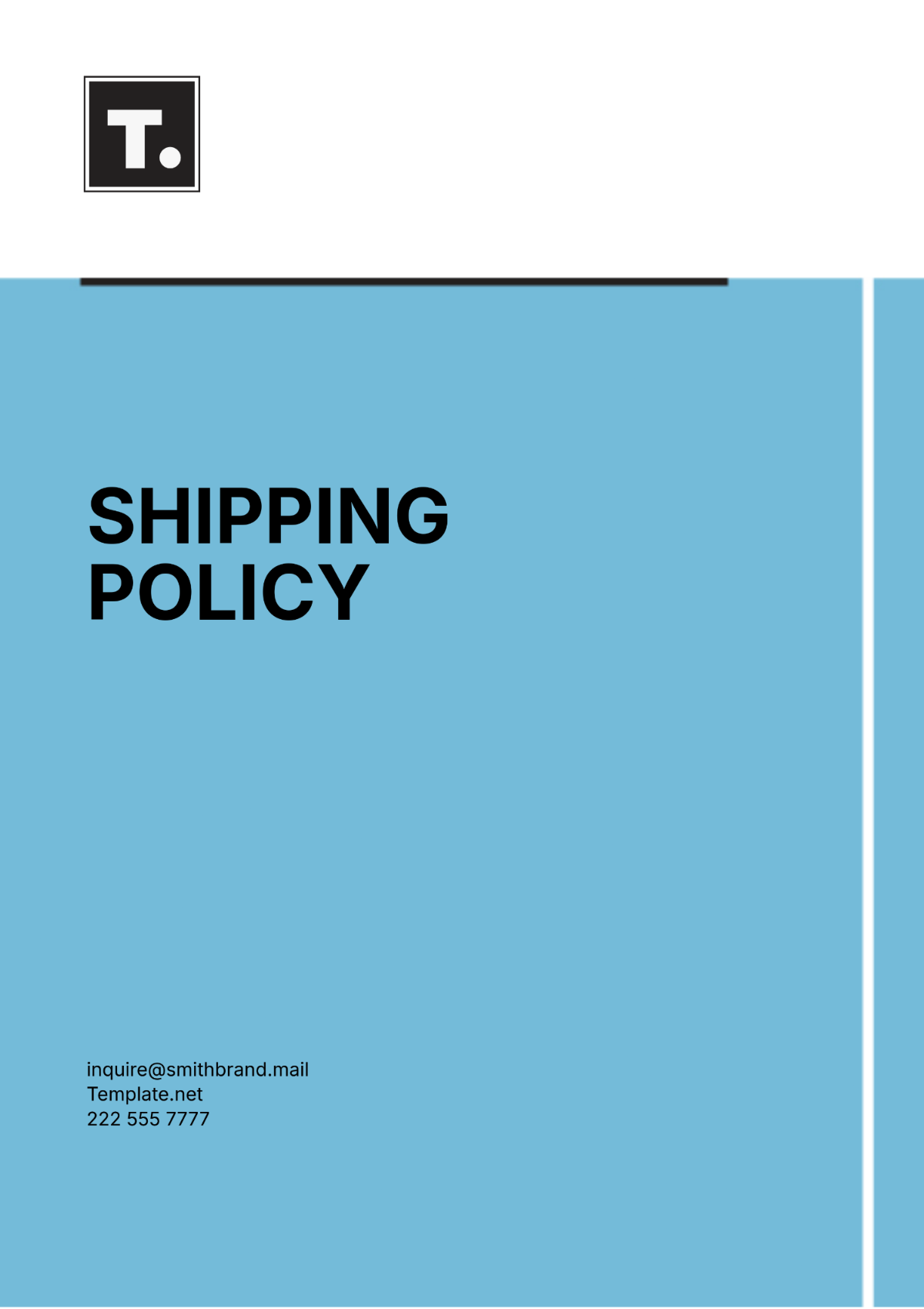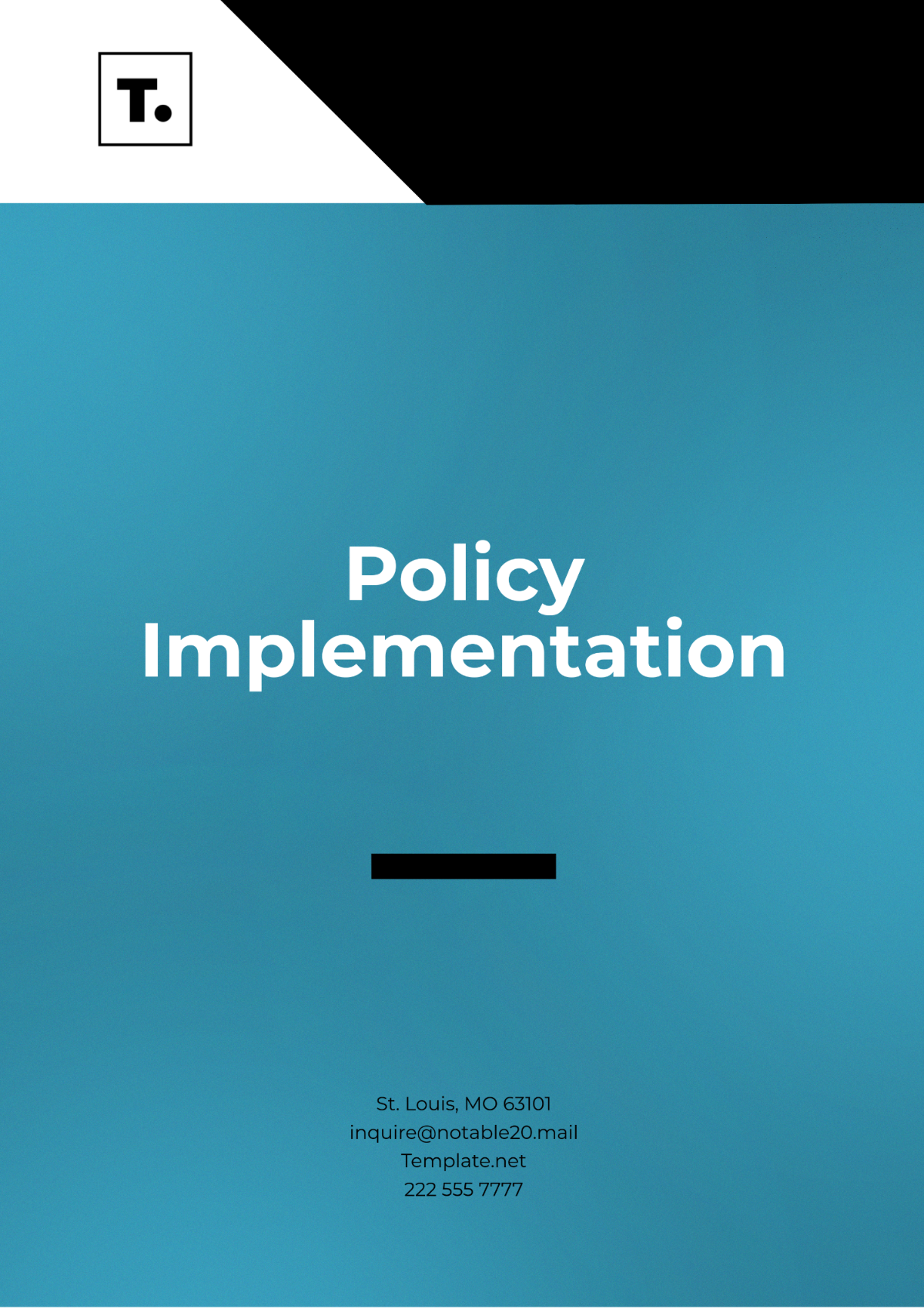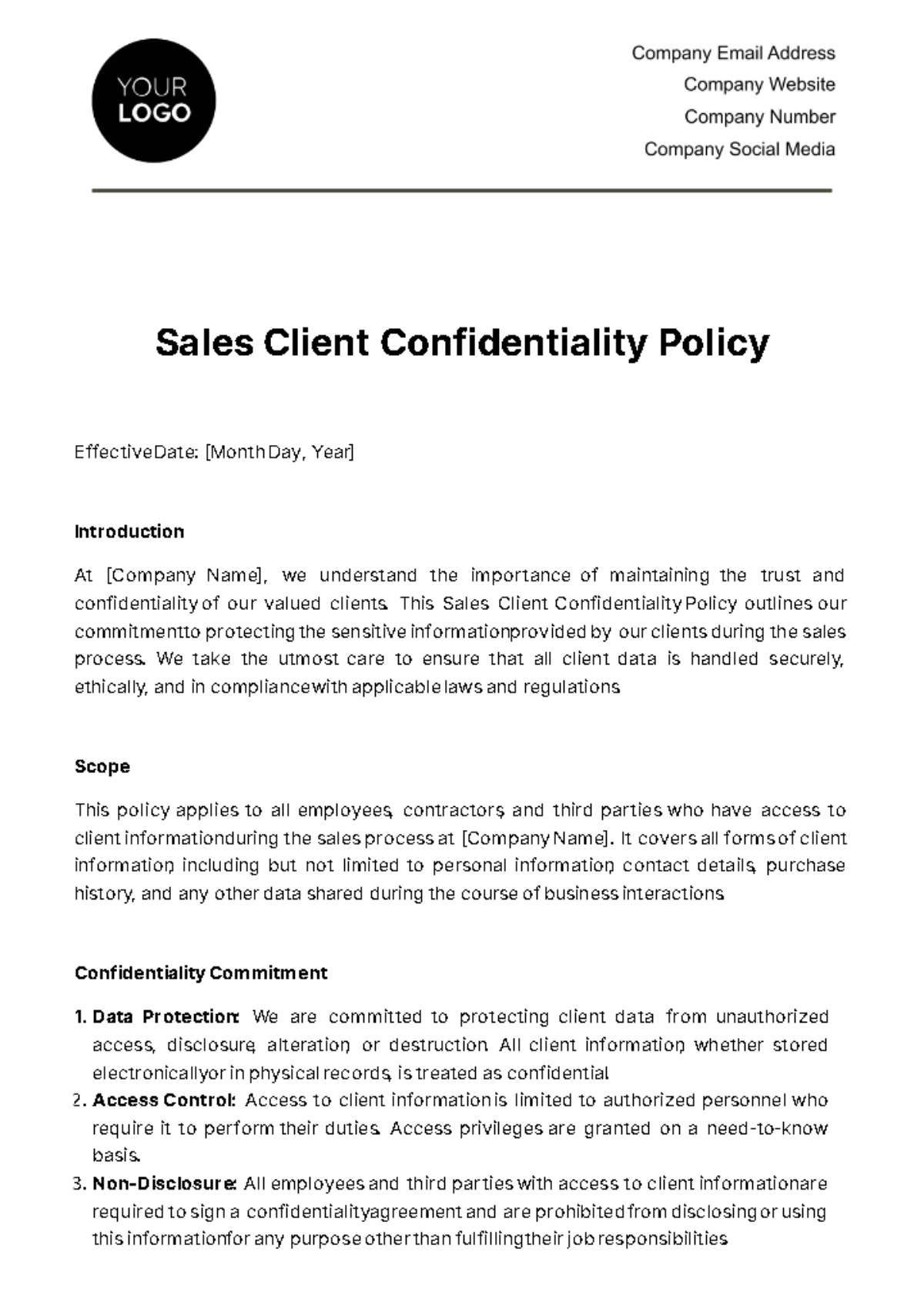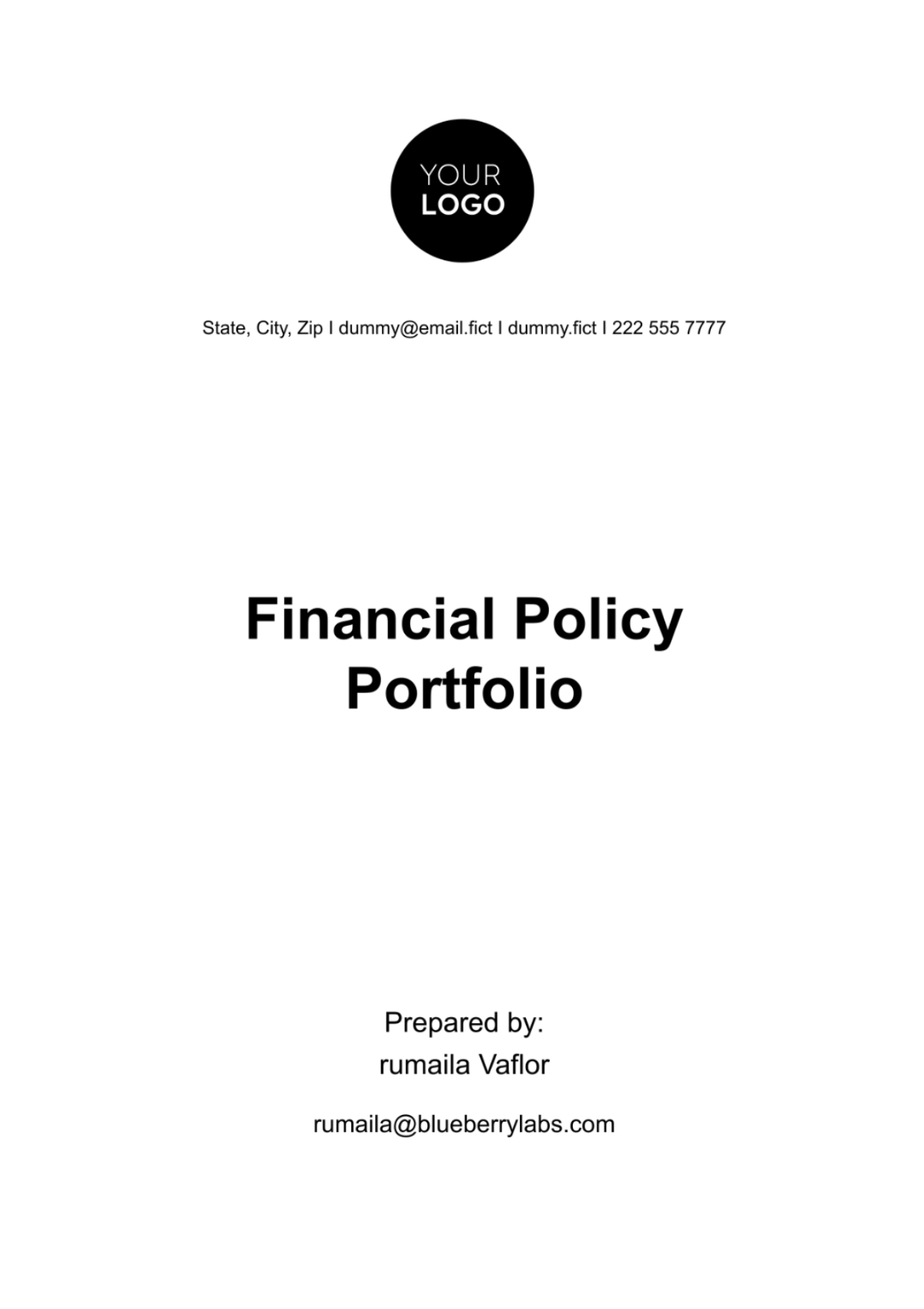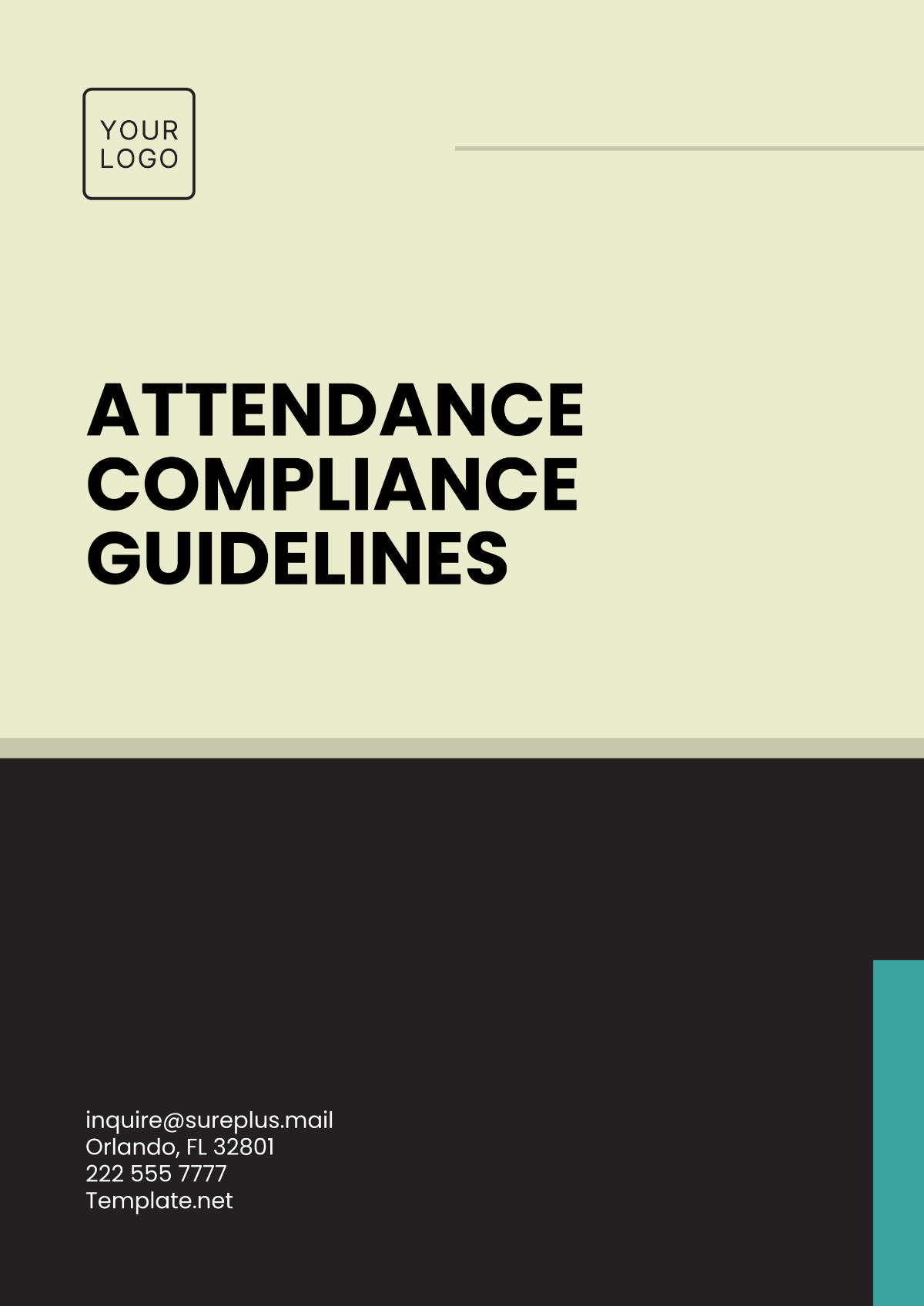Free Finance Internal Control Policy Outline Template
Financial Risk Management Policy
Created by: [Your Company Name]
Contact Details: [Your Company Email]
Date: January 1, 2050
I. Purpose
The overarching aim of this policy revolves around the identification and evaluation of any financial risks that the organization may potentially encounter. A crucial part of this is to bring about the implementation of various control measures that would effectively mitigate these risks. This would essentially serve as preventive measures against potential financial losses or inaccuracies that could adversely impact the organization's financial stance. Therefore, this policy decidedly has an integral role to play in securing the financial health of the organization.
II. Scope
This policy is established and enforced universally across the entire organization represented by [Your Company Name]. It firmly applies, without any prejudice concerning the position or role, to all the employees who form part of this company. But not only to them, it extends its applicability also to any contractors whom we have on board working with us and even to the directors, who manage and lead our operations. This policy is specifically relevant to those who are involved in any form of financial activities. This extends to those who partake in accounting duties or responsibilities and to those who are integral parts of our reporting processes.
III. Risk Identification and Assessment
Management and all staff members have the responsibility of ensuring that all financial risks are continuously and comprehensively identified and assessed. It is crucial to understand that the range of possible financial risks is large, and includes key elements such as market risks, which relate to fluctuations and variations in market prices, and credit risks, which refer to the risk of loss due to a debtor's non-payment of a loan or other line of credit.
Additionally, operational risks, which involve the potential loss from inadequate or failed internal procedures, systems, or people, and liquidity risks, which are the risk that a company or individual will not be able to meet short-term financial demands, should be thoroughly assessed. Included in this extensive list are also regulatory risks, which encapsulate the potential for laws related to a given sector or industry affecting the operations or profitability of a company.
Lastly, it is extremely important that to properly evaluate all potential risks, they are systematically considered in light of both their probability or likelihood of occurring as well as the impact or extent of potential loss or damage should the risk materialize.
IV. Risk Mitigation and Control
Appropriate mitigation strategies and controls should be implemented in line with the identified and assessed risks. These may involve insurance coverage, hedging, financial control policies, diversification, and regulatory compliance measures.
A. Insurance and Hedging
In cases where there are considerable financial risks, the Finance Department has the discretion to execute insurance coverage and/or hedging activities as required.
B. Financial Control Policies
For a business to run efficiently and without the risk of inappropriate activities, operational and financial controls must be implemented. These controls may include important measures such as segregation of duties to prevent fraud or error, setting up approval limits to maintain organization within financial transactions, and instituting regular checks and balances to ensure accountability and transparency within the company. These controls must be consistently in place and function in a reliable manner to guarantee the overall financial well-being and operational integrity of the company.
C. Diversification
To lessen or decrease the likelihood of risks that are inherently present in the operations of a business, the approach that will be encouraged includes diversification of investments and revenue streams. Strategies incorporating varied types of investments and multiple sources of income will be emphasized as a way to spread potential risks over a wider scope, thus reducing the potential for substantial financial loss. Thus, the underpinning principle is that diversity in income sources and the way investments are distributed can serve as a protective buffer against the various risks in business operations.
D. Regulatory Compliance Measures
It is mandatory to fulfill all the relevant regulatory requirements to avoid potential penalties or sanctions, especially in financial activities. Non-compliance with these regulations can lead to severe consequences which might disrupt the smooth operation of financial activities. These regulatory requirements act as a safeguard that ensures all financial operations are conducted within the confines of the law, thereby reducing risks associated with illegal behavior. Therefore, adherence to all of these applicable regulatory requirements is of utmost importance.
V. Policy Review
The policy in question, along with all processes that are associated with it, will be subjected to a review on an annual basis. However, if there is a need for a review at any other time, that will also be carried out as required. If there are any modifications or changes that are made to either the policy or its associated processes, these will be communicated appropriately to all those concerned.
Any queries related to this policy should be directed to the Finance Department at [Your Company Email].
This policy was made by and under the company named [Your Company Name] on January 1, 2050.
